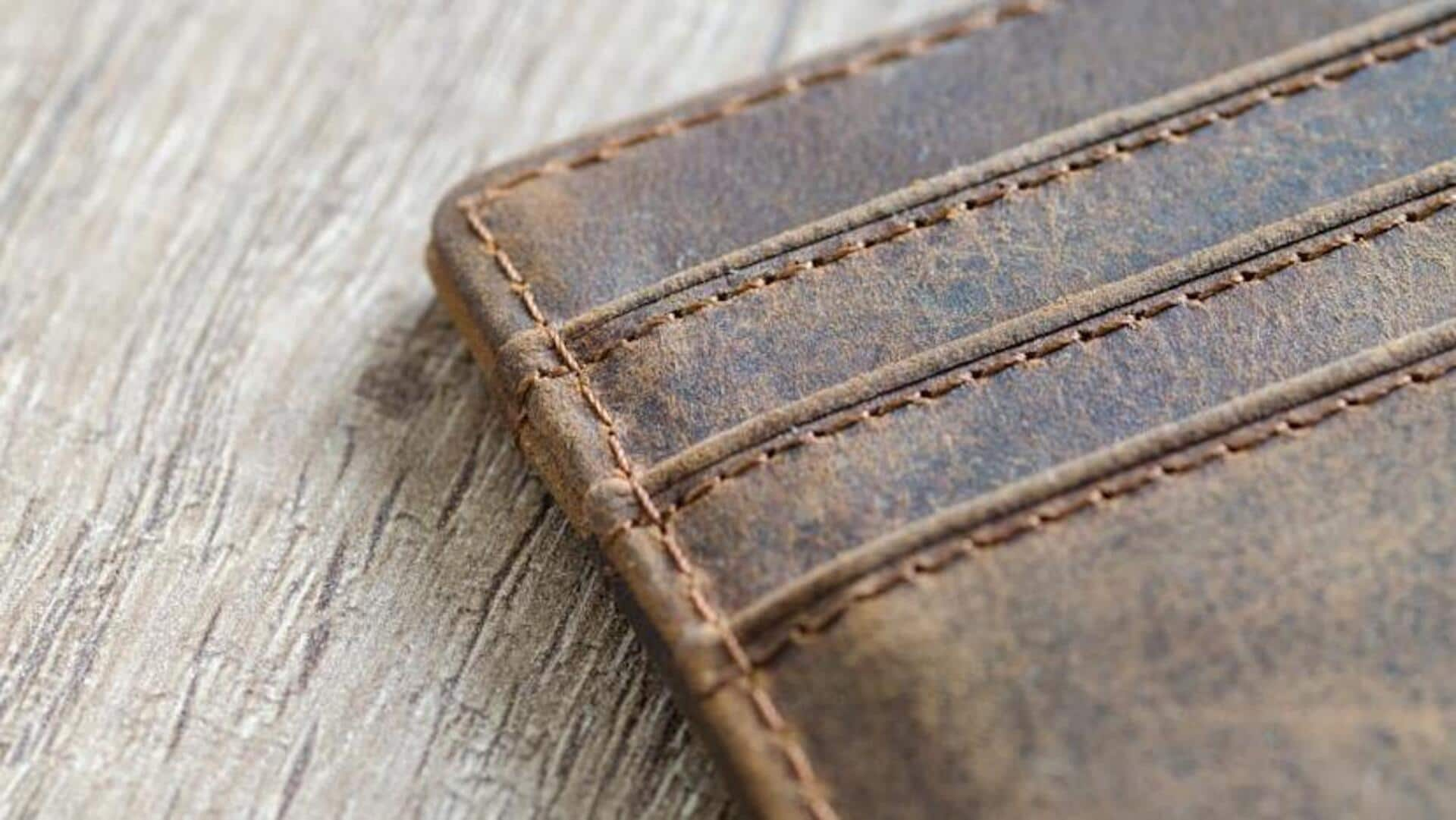
Embracing mushroom leather for sustainability
What's the story
In the quest for sustainable fashion, an innovative material is making waves: mushroom leather. This eco-friendly alternative to traditional leather is not only kind to the planet but also offers a glimpse into the future of fashion. As we delve deeper, we'll explore the background of mushroom leather, its key benefits, and practical advice on how to incorporate it into your wardrobe.
Background
The rise of mushroom leather
Mushroom leather, crafted from mycelium—the foundational root structure of fungi—stands as a beacon of sustainability in textile manufacturing. This innovative material diverges from traditional animal leather by demanding fewer resources: it uses less water, requires no grazing land, and avoids harmful chemicals. Representing a significant shift toward more eco-conscious fashion practices, mushroom leather showcases the potential for responsible innovation in the industry.
Key concept
Why choose mushroom leather?
Choosing mushroom leather is more than an environmental gesture; it's a commitment to cruelty-free products and a smaller carbon footprint. Its durability competes with that of traditional leather, offering a viable option for daily wear. Additionally, its adaptability in textures and colors meets various fashion preferences, making it an attractive choice for those seeking style and sustainability.
Practical advice
Integrating mushroom leather into your wardrobe
Start embracing mushroom leather with small steps. Opt for accessories like wallets or belts made from this material. For a bolder statement, explore jackets or shoes made of mushroom leather. Always check labels and support brands dedicated to sustainability and ethical practices. This approach helps you gradually introduce mushroom leather into your wardrobe, promoting eco-friendly choices.
Conclusion
A step towards greener fashion choices
Choosing mushroom leather transcends mere trend-following; it embodies a commitment to making choices that positively impact our planet and future generations. By selecting this innovative material, individuals contribute to diminishing the environmental footprint of the fashion industry. This choice allows for the enjoyment of products that are not only stylish but also durable, showcasing a proactive step toward sustainable living.